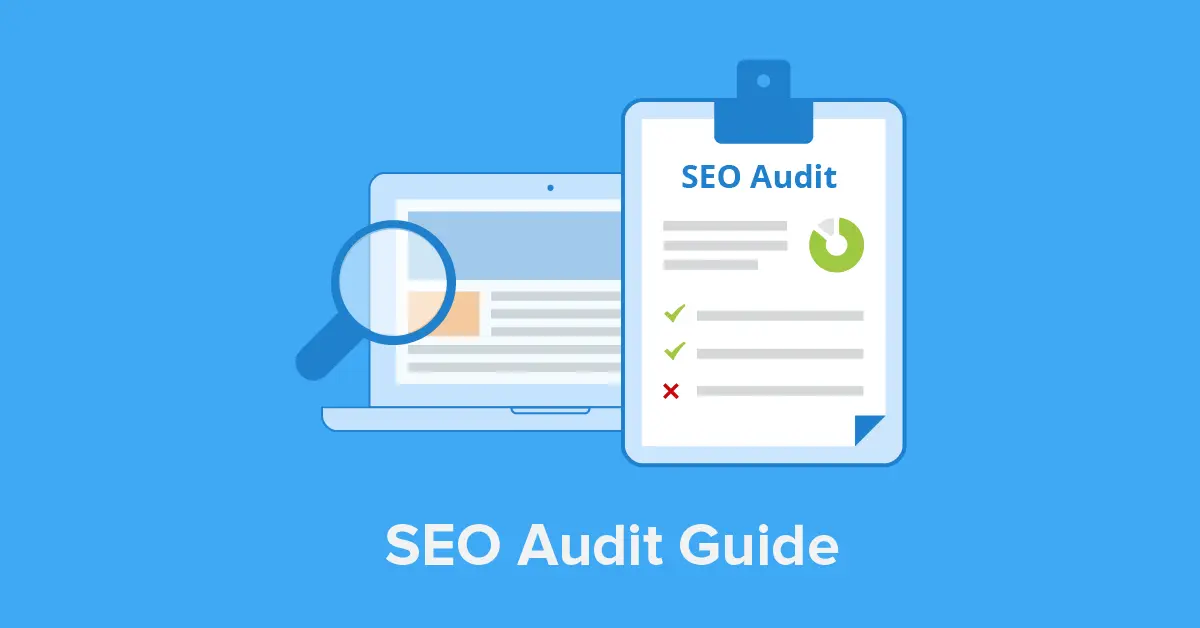
In today's digital landscape, video content has become an indispensable tool for marketers and content creators alike. With the rise of platforms like YouTube and the increasing consumption of video content across social media channels, optimizing your videos for search engines has never been more crucial. This blog will delve into the realm of Video SEO (Search Engine Optimization) and provide you with ten effective strategies to increase the visibility and viewership of your video content.
What is Video SEO?
Before we delve into the strategies, let's first understand what Video SEO entails. Video SEO is the process of optimizing your videos to rank higher in search engine results pages (SERPs) and increase their visibility to your target audience. Just like traditional SEO for web pages, Video SEO involves various techniques to improve your video's chances of being discovered by users searching for relevant content.
Why a Video SEO Strategy Is Important?
In today's highly competitive digital landscape, simply creating great video content isn't enough. Without a robust Video SEO strategy, your videos may get lost in the vast sea of online content, failing to reach your intended audience. By implementing Video SEO best practices, you can improve your videos' visibility, attract more organic traffic, and ultimately increase engagement and conversions.
Is YouTube SEO the Same As Google SEO?
While YouTube is owned by Google and shares some similarities in terms of ranking factors, there are also notable differences between YouTube SEO and traditional Google SEO. While Google focuses on factors like website authority and backlinks, YouTube SEO prioritizes video-specific elements such as video metadata, user engagement metrics, and video watch time. Understanding these distinctions is crucial for optimizing your videos effectively on both platforms.
10 Video SEO Best Practices
- Conduct Keyword Research: Start by identifying relevant keywords and phrases that your target audience is likely to search for. Use tools like Google Keyword Planner and YouTube's autocomplete feature to discover popular search terms related to your video topic.
- Optimize Your Video Metadata: Optimize your video title, description, and tags with targeted keywords to improve its relevance and discoverability. Craft compelling titles and descriptions that accurately describe your video's content while enticing viewers to click.
- Create Compelling and High-Quality Thumbnail Images: Your video thumbnail is the first thing users see when browsing search results, so make sure it's eye-catching and relevant to your content. Use high-resolution images and incorporate text overlays to convey the video's topic and attract clicks.
- Create Captivating Introductions: Hook viewers from the start by creating engaging introductions that pique their interest and encourage them to watch the entire video. Use storytelling techniques, ask questions, or promise valuable insights to grab viewers' attention from the outset.
- Transcribe Videos and Add Descriptions: Transcribing your videos not only makes them more accessible to viewers with hearing impairments but also provides search engines with valuable text to index. Additionally, including detailed video descriptions can further enhance your video's relevance and SEO.
- Add Timestamps to Your YouTube Videos: Timestamps allow viewers to navigate through your video easily, jumping to specific sections of interest. By adding timestamps in your video description, you improve user experience and increase the likelihood of viewers engaging with your content.
- Add Videos to Your Blog Posts: Embedding videos within your blog posts not only enriches your content but also provides an opportunity to rank in both video and text-based search results. Incorporate relevant videos that complement your written content and encourage visitors to stay on your site longer.
- Repurpose Your Video Content: Extend the reach of your videos by repurposing them into different formats, such as blog posts, social media snippets, or podcasts. Repurposing allows you to reach new audiences across various channels and maximize the value of your video content.
- Add a Powerful Call to Action (CTA): Encourage viewers to take action after watching your video by including a clear and compelling call to action. Whether it's subscribing to your channel, visiting your website, or making a purchase, a strong CTA guides viewers towards the desired outcome.
- Promote Videos on Social Media: Leverage the power of social media platforms to amplify the reach of your videos and attract more viewers. Share your videos across your social networks, engage with your audience, and encourage them to share your content with their networks.
Conclusion
Implementing effective Video SEO strategies is essential for increasing the visibility and success of your video content. By following the ten best practices outlined in this blog, you can optimize your videos to rank higher in search results, attract more organic traffic, and ultimately increase engagement and conversions. Remember to continuously monitor and refine your Video SEO efforts to stay ahead of the competition and maximize the impact of your video marketing campaigns.
What to read next

.webp)